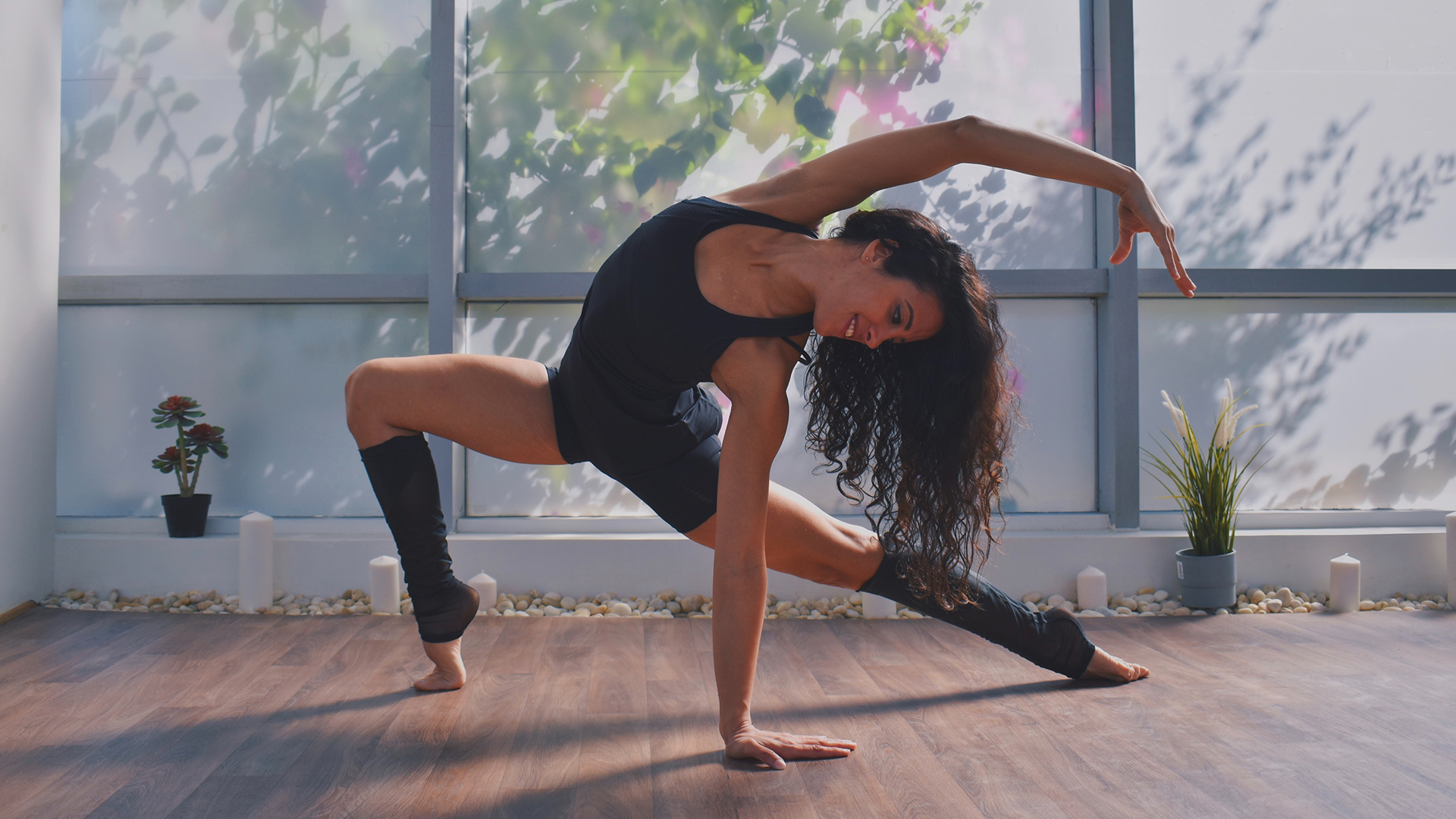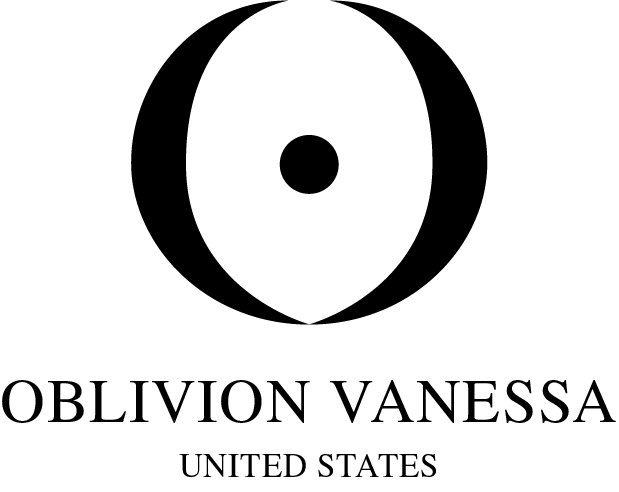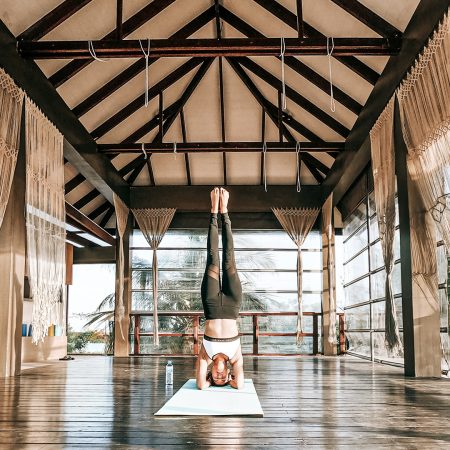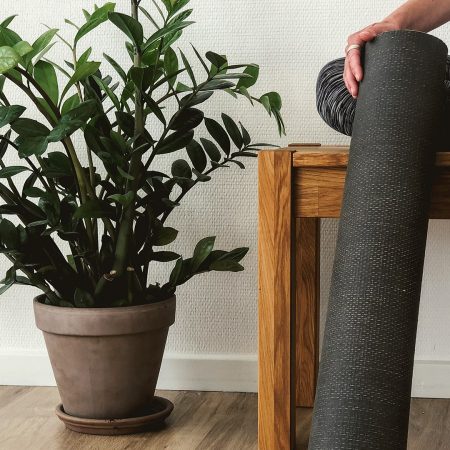This Slow Yoga Practice Will Help You Unwind—No Standing Required

In yoga, as in life, there are times when we are drawn to exertion and, conversely, moments when we find ourselves needing to pause. These opposing actions are a natural part of life and create a harmonious flow—physically, mentally, and emotionally. An awareness of what we need in the moment is behind a balanced approach to anything.
Yet it’s all too easy to rush through everything. When we take a slower approach to our yoga practice, in which we learn to be still for longer periods of time, we not only release physical tension but restore emotional balance. While more intense yoga practices help us develop strength, flexibility, and will power, less-intense approaches teach us to observe, to adapt, to soften. We go beyond the initial reaction that urges us to get out of the pose and instead choose to surrender to experiencing the sensations of tension which we unconsciously hold throughout the day. We find physical flexibility, mental agility, and emotional equilibrium.
This slow yoga practice helps to…
Release physical tension
There are two types of poses in the following sequence: Yin Yoga and Restorative Yoga. In both, we create the space to focus on our breath and mind while being in an asana with very little or no physical effort.
The Yin Yoga poses ask us to settle into a stretch of just the right intensity, stay still, and linger for time. This targets the connective tissue, which requires more time to release than muscles. It’s important to note that while sensations of discomfort through tension release can be experienced in Yin-style stretches, pain should never be present. In case you feel pain at any time, modify with a prop or skip the pose.
The Restorative Yoga poses rely on the use of props to support the body while concentrating on softening the breath and calming the mind. The reliance on support teaches us to be open to receiving help and that sometimes we can learn to allow external resources to hold us.
Release mental tension
When we take the time to linger, we find that the tension dissipates with less effort and that we experience therapeutic benefits beyond relief from the physical, including mental calmness as well as self-awareness, self-inquiry, even self-understanding.
Release emotional tension
This slow and gentle practice focuses primarily on opening the hips, shoulders, and chest. These are areas of the sacral chakra (svadisthana) and heart chakra (anahata). Through opening the hips, we can release emotional resistance and stagnant energy and once again feel a sense of freedom. The sacral chakra is represented by the water element and brings a sense of feeling free to flow with all that life may bring. When the hips are open, we are more flexible in our mind, accepting and trusting the rhythm of life.
The heart chakra is our center of acceptance and unconditional love and trust, so through time, we can open our heart to embody these qualities that are naturally a part of us. The shoulders hold a lot of tension, as they are the junction between the mind and the heart space. By softening here we can let go of burdens we carry in our daily life, and feel a sense of lightness to accept and be present in every experience with a sense of trust.
A gentle yoga practice to help you release tension
For this gentle practice, little warm up is required. However it is always good to begin with stretching the neck, shoulders, and back.



